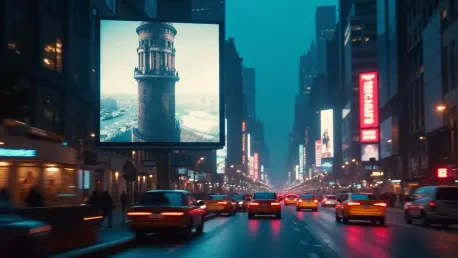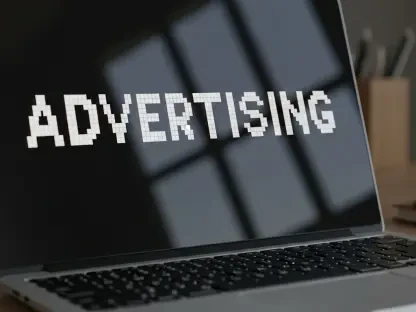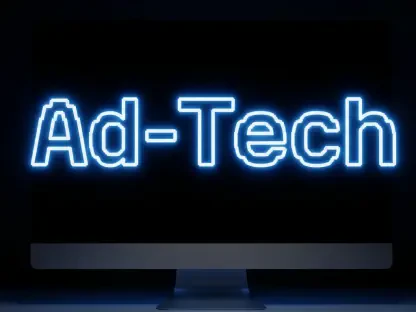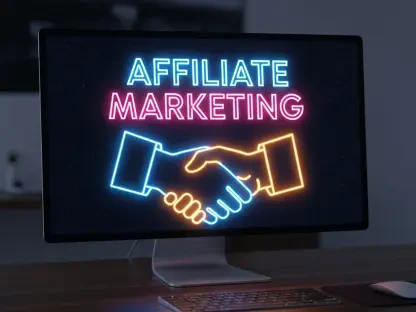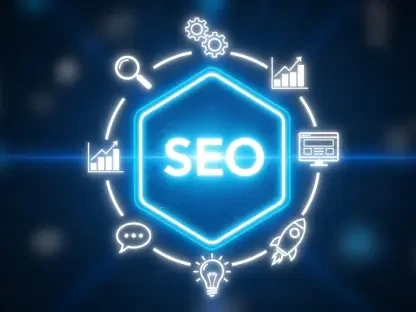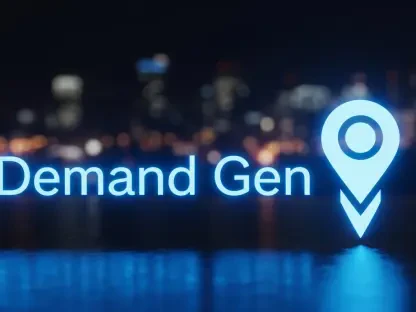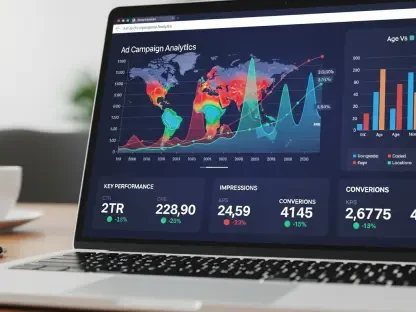Anastasia Braitsik is a renowned figure in SEO, content marketing, and data analytics, bringing invaluable expertise in digital marketing. Today, we delve into the evolving landscape of luxury out-of-home (OOH) advertising and explore how brands are leveraging technology, creativity, and data to create memorable experiences.
Could you share your thoughts on how luxury is evolving in the context of modern advertising?
Luxury advertising has significantly shifted from merely visibility to creating memorable experiences that engage consumers on an emotional level. Today, it’s not just about being seen but about being remembered and felt. Brands now focus on storytelling and creating immersive, real-time experiences that resonate with the audience emotionally.
Why do you believe traditional prestige placements like billboards in Times Square might not be enough in today’s fragmented media landscape?
In today’s fragmented media landscape, visibility alone isn’t sufficient. Consumers’ attention is divided among numerous platforms and channels. Therefore, while traditional prestige placements like Times Square billboards offer high visibility, they must integrate engaging, relevant content that emotionally connects with the audience and adapts to their daily lives and surroundings.
Can you elaborate on what you mean by luxury advertising needing to resonate emotionally rather than just being visible?
Emotional resonance in luxury advertising means creating content that speaks to the viewer’s aspirations, emotions, and lifestyle. It’s about crafting narratives and experiences that evoke a sense of connection and exclusivity, making consumers feel part of the brand’s story. This deeper connection goes beyond mere visibility, fostering lasting impressions and brand loyalty.
What are some examples of luxury brands using Programmatic Digital OOH (pDOOH) effectively?
Brands like Louis Vuitton and Cartier have been pioneers in using pDOOH effectively. For instance, Louis Vuitton adapts its campaigns based on foot traffic in Tokyo’s Omotesando, while Cartier targets audiences during prime times such as the evening rush in Hong Kong. By leveraging pDOOH, these brands create timely and relevant experiences that captivate their audience.
How does pDOOH differ from traditional OOH advertising?
pDOOH stands apart from traditional OOH advertising through its dynamic and adaptable nature. Unlike static placements, pDOOH uses data to deliver content that adapts in real-time to the audience’s behavior, location, and even environmental factors like the time of day or weather conditions. This ensures that the advertising is always contextually relevant and engaging.
What role does location intelligence play in pDOOH?
Location intelligence is crucial in pDOOH as it allows brands to tailor their messages based on the specific environment and audience demographics at each location. By understanding where and when to target their audience, brands can maximize the impact of their campaigns, making ads more relevant and engaging for the viewers.
Can you give specific examples of luxury brands creating immersive OOH experiences?
Certainly. Burberry, for example, has used motion-reactive displays in Hong Kong that interact with passersby, creating a dynamic visual experience. Gucci’s augmented reality bus shelters in Singapore allow consumers to interact with virtual elements, adding a layer of excitement and engagement. Dior’s storefronts in SoHo change as people walk by, making the shopping experience more interactive and memorable.
Why do you think experiencing luxury in public spaces is becoming more important than just admiring it from a distance?
Experiencing luxury in public spaces brings the brand closer to the consumer, breaking down the barriers of exclusivity and inviting participation. It allows consumers to engage with the brand in a tangible way, creating memorable experiences that foster a deeper connection and a sense of belonging to the brand’s community.
How does technology enhance the storytelling aspect of luxury OOH campaigns?
Technology enhances storytelling by adding layers of interactivity and personalization to OOH campaigns. Whether through augmented reality, AI-powered displays, or dynamic content, technology allows brands to create richer, more immersive experiences that captivate and engage consumers, turning ordinary moments into unforgettable stories.
How can data improve luxury marketing without diminishing the brand’s mystique?
Data can enhance luxury marketing by providing insights into consumer behavior and preferences, allowing brands to tailor their messages and experiences accordingly. This doesn’t diminish the brand’s mystique but rather ensures that the storytelling is more relevant and impactful, fostering a deeper emotional connection with the audience.
What modern signals of impact should luxury marketers pay attention to in OOH campaigns?
Luxury marketers should track metrics such as engagement rates, foot traffic, social media mentions, and QR code scans. These signals provide insight into how consumers are interacting with the campaigns and the overall impact on brand perception and loyalty, allowing marketers to refine their strategies for greater effectiveness.
In what ways are tools from companies specializing in OOH tech providing visibility into campaign performance?
Companies specializing in OOH technology offer tools that track real-time performance metrics such as audience demographics, engagement levels, and location-specific impact. These tools provide comprehensive visibility into how campaigns are performing, enabling brands to make informed decisions and optimize their strategies for maximum effectiveness.
How can insight from data evolve the storytelling and strategy of luxury brands?
Insights from data allow brands to understand their audience better and craft stories that resonate more deeply. By analyzing consumer behavior and preferences, brands can create more relevant and engaging narratives, adapt their strategies to emerging trends, and continuously improve the quality and impact of their marketing efforts.
Can you provide examples of forward-thinking luxury brands that are pushing the boundaries of OOH?
Absolutely. Dior created a theatrical spectacle with their 3D billboards in Los Angeles that captivated viewers with its dynamic visuals. Hermès is exploring sustainable display formats in the UK, showcasing their commitment to environmental responsibility. Chanel’s motion-sensitive visuals in Hong Kong engage passersby in real-time, making the ad experience more interactive and memorable.
How do you see the role of OOH in the future of luxury advertising?
OOH will continue to play a significant role in luxury advertising by providing a canvas for brands to create immersive, engaging experiences. As technology advances, OOH will offer even more opportunities for innovation, enabling brands to tell richer stories and connect with consumers in increasingly impactful ways.
What makes OOH a unique canvas for luxury brands in cities where culture, commerce, and creativity collide?
OOH serves as a unique canvas in such cities by blending cultural significance, commercial vibrancy, and creative expression. It allows luxury brands to tap into the city’s energy and connect with a diverse, dynamic audience in public spaces where life unfolds, making their messages more relevant and impactful.
How do you envision the next iconic luxury moment unfolding in urban environments?
The next iconic luxury moment in urban environments will likely involve a blend of technology and creativity to create immersive experiences. It could be a city-wide interactive campaign that engages consumers through augmented reality or a dynamic art installation that combines storytelling with audience participation, making it a memorable event that captivates and inspires.
What excites you most about the future of luxury OOH advertising?
The endless possibilities for innovation excite me the most about the future of luxury OOH advertising. The integration of advanced technologies, the creative freedom, and the ability to engage consumers in meaningful ways offer limitless potential for brands to create unforgettable experiences and redefine luxury in new and inspiring ways.
